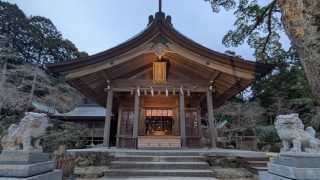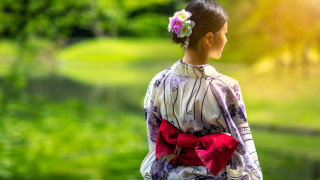 CONTENT
CONTENT The Sacred Site of Demon Slayer: “Kamado Shrine (Fukuoka)” Sharing the Same Name as Tanjiro and Nezuko Kamado
For fans of Demon Slayer, visiting Kamado Shrine in Fukuoka is more than sightseeing—it is an experience of stepping into a world where fiction meets reality. With the author Koyoharu Gotouge hailing from Fukuoka, the shrine has become a symbolic place of devotion and fandom.









